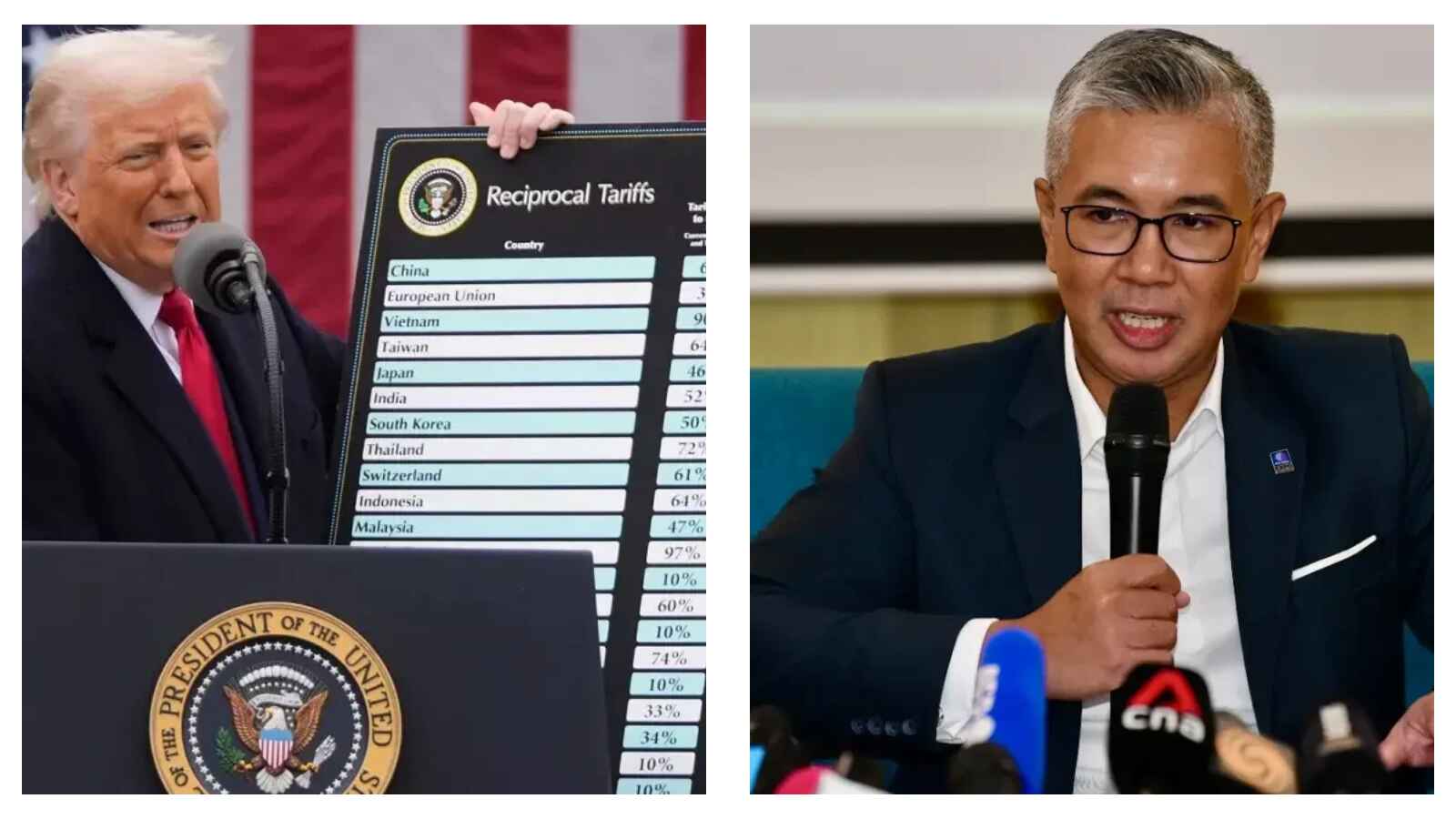By Maybelene Marcelino
The recent imposition of United States tariffs on Malaysian goods has thrown a wrench into the gears of the Southeast Asian nation’s economy.
But Malaysia isn’t just throwing its hands up.
Instead, it’s rolling out a carefully considered plan – a strategic combination of immediate fixes and long-term strategies designed to weather the storm and come out stronger on the other side.
Government wants clarification
The country’s initial response is to seek clarification on how these tariffs were calculated.
Malaysian Investment, Trade and Industry Minister Tengku Datuk Seri Zafrul Tengku Abdul Aziz is adamant that the US got it wrong, claiming the calculation is flawed and unfairly penalizes Malaysian businesses with a 24% retaliatory tariff.
He said that US President Donald Trump’s administration’s explanation is necessary as it would be the foundation of Malaysia’s diplomatic efforts, pushing for a fair recalculation based on solid facts, Bernama reported.
The official emphasized that the country isn’t rushing into a trade war, noting that it is instead taking a measured approach, carefully assessing the economic impact before retaliating.
He noted that by taking the time to understand the full consequences, Malaysia aims to craft a response that’s both effective and minimizes collateral damage.
YOU MAY ALSO LIKE: Vietnamese city reviews World Bank-funded flood resilience project

Malaysia’s immediate response
Tengku Zafrul announced that the federal government is currently reviewing its 2025 gross domestic product growth forecast of 4.5 percent to 5.5 percent, acknowledging the potential for downward revision.
Furthermore, he outlined several key steps to mitigate the impact of the tariffs, which include:
- The establishment of the National Geo-economic Command Centre to identify weak points and help implement targeted support for affected industries.
- The formation of the MITI Task Force to gather real-time feedback and ensure the government’s actions are relevant and effective.
- Association of Southeast Asian Nations engagement to discuss the regional implications of the tariffs.
- Continued talks with the US to utilize the Malaysia-US Trade & Investment Framework Agreement as well as to seek sectoral exemptions and explore a technology safeguard agreement.
- Washington visits to discuss the matter at length.
Long-term objectives
Looking ahead, Malaysia is focusing on long-term economic resilience.
This means diversifying its export markets, reducing its dependence on the US, and actively pursuing new trade agreements with the United Arab Emirates, Europe and South Korea.
The government is also pushing for exemptions for specific sectors and exploring a technology safeguard agreement to shield key industries – an approach that shows a commitment to resolving the dispute peacefully while protecting Malaysia’s economic interests.
While it is a long-term strategy, Tengku Zafrul is confident that it will make the Malaysian economy stronger and less vulnerable to future trade shocks.
“Malaysia remains committed to open dialogue and collaboration to resolve trade disputes and promote mutual prosperity.”
“Malaysia is facing this challenge from a position of strength and preparedness,” he stated.
“The fundamentals of our economy remain robust.”
“In the immediate future, while the external environment may be challenging, our diversified markets and products, along with strong demand for our produce, will provide us with some buffers.”
READ NEXT: Fijian student acknowledges parents for international leadership award
